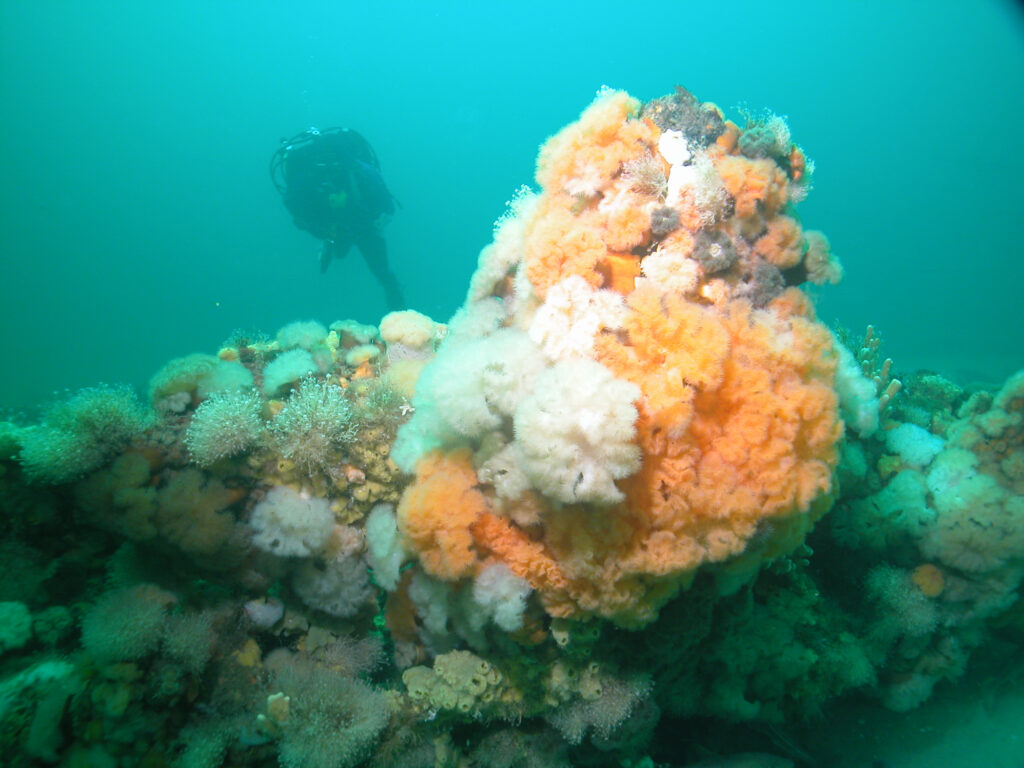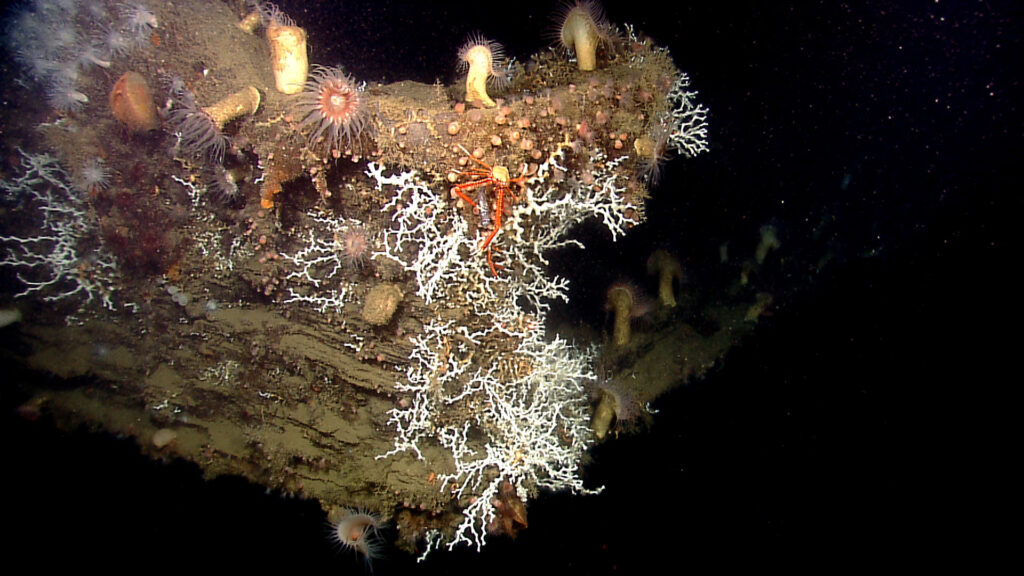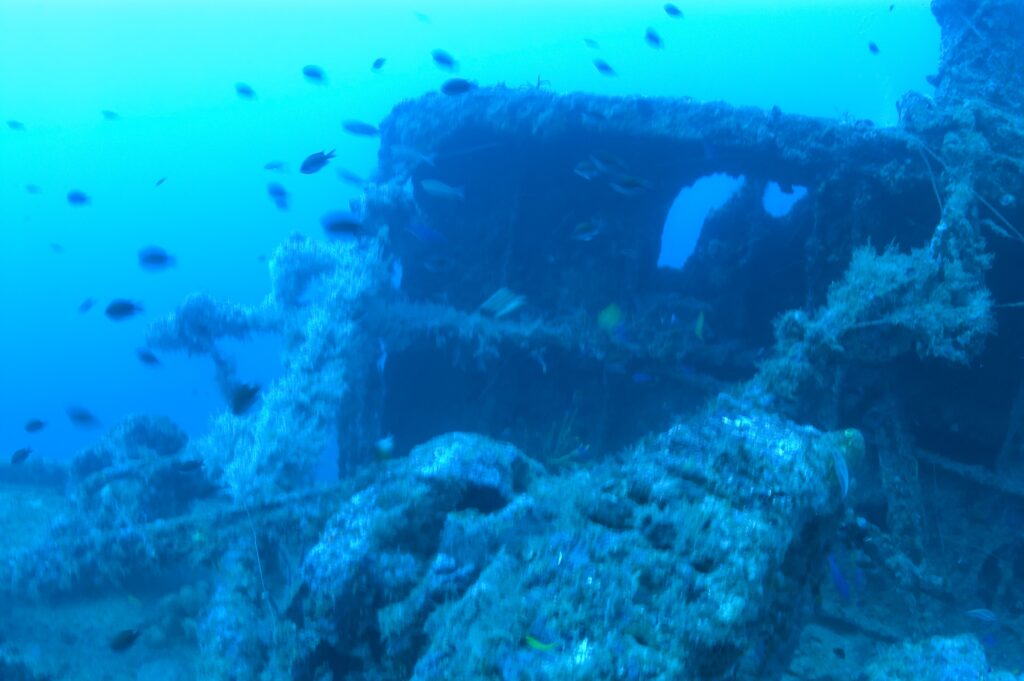Shipwrecks serve as new bases of life in the oceans of the world. Some of the wrecks are sunk by chance during storms or war, and others are intentionally sunk in the ocean as artificial reefs. The structure in both cases gives a surface that attracts and supports marine life.
Intentionally sunken ships are well prepared so that they are environmentally safe. The crews eliminate the oils, plastics, and any form of hazardous materials that might be harmful to the waters. The holes are created on the hull to facilitate circulation and give fish a safe means of entry and exit. After cleaning and securing, the vessel is sunk in a special place where it is allowed to rest as a stable foundation for new growth.

The colonization process starts shortly after a ship lands on the ocean bottom. Microbes create a thin layer over their surfaces in a few days, and the structure is now favorable for other organisms to attach. Algae, barnacles, and small invertebrates are the ones that are next to be seen. Sponges and corals will cover the metal, giving shelter to the larger species. Fish lay eggs in the cracks, which cover them till they are attacked by predators. The crash then progresses to become an efficient reef ecosystem, as was witnessed in other accidents.
An example is the USS Oriskany, which is a retired aircraft carrier sunk on the coast of Florida in 2006. It has now grown to be one of the biggest artificial reefs, which supports fish, sea turtles, and sharks. Ecosystems are also supported by accidental wrecks. The Titanic, which sank in 1912, lies almost four kilometers under the water. Bacteria, corals, and crustaceans that survive in the deep sea are found in its structure.
With the increase in diversity, the shipwreck sustains complete food webs as opposed to individual species. Snails and small fish are fed on algae. Leftover material is fed on by crabs and shrimp. Smaller fish, including groupers and barracudas, prey on smaller fish, and sharks are the highest predators. Parasites of other animals are eliminated by cleaner fish and shrimp. The energy between microbes and large hunters is passed in a chain of interactions centred on the wreck.

These reefs are beneficial to people besides their ecological aspect. They expand marine habitat when the waters and pollution are threatening the natural coral reefs. They also help in the local economies through the attraction of divers and tourists. They can also assist in taking the pressure of fishing on the natural reefs as they offer alternative areas of fishing.
Shipwrecks are examples of how structure determines marine ecosystems. Every wreck is adopted into the ocean ecosystem, and it demonstrates that human-made objects can be taken back by nature to promote biodiversity.

Image courtesy of Tane Casserley/NOAA, Florida Keys National Marine Sanctuary.